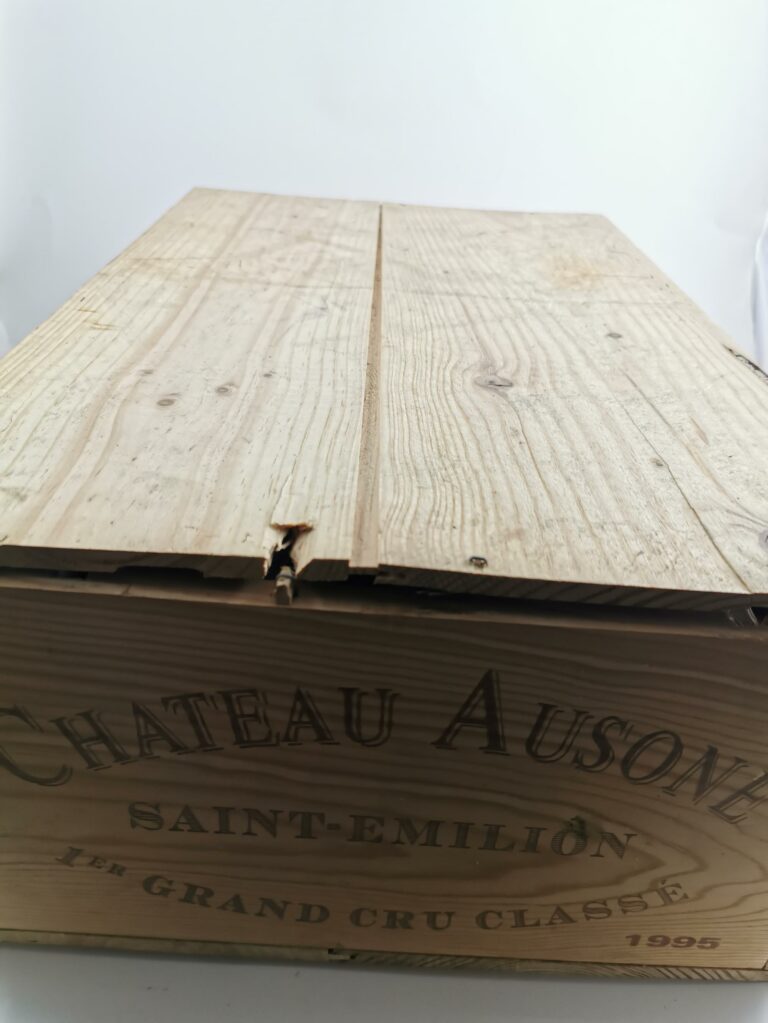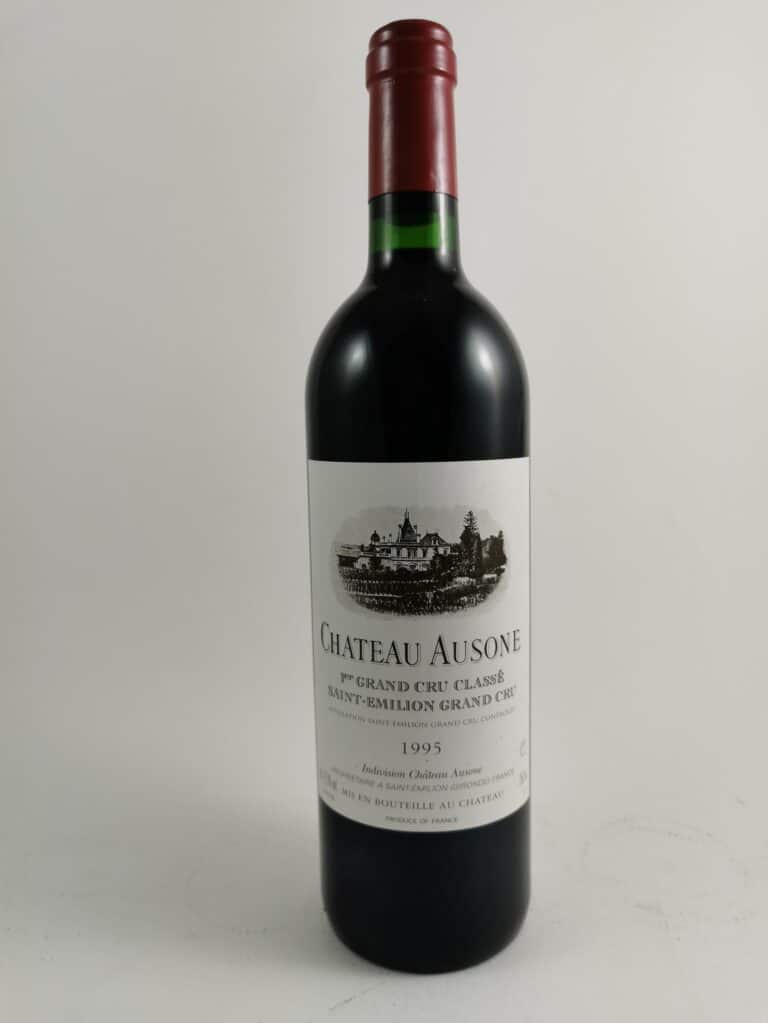Château Ausone
The History of Chateau Ausone:
Château Ausone is located in the Bordeaux region and more particularly in Saint-Emilion. We owe its name to Decimus Magnus Ausonius, character of the Roman Antiquity. Born in 310 on the lands of Bordeaux, Decimus Magnus Adz poetry was recognized by all and acknowledged as one of the most brilliant. The latter regularly refers to the Bordeaux region and its wines in his poetry. He even praises it. According to Decimus Magnus Ausonius, the most prestigious winery was Lucaniacum. He would have been the owner of this domain and from the end of the XVIth century, many people are looking for this sumptuous domain. The wine that flowed in Lucaniacum, was praised by the poet. Today, many believe that Lucaniacum existed in the same place where Château Ausone is located today, but this is not a certainty.
Château Ausone contains many ancient souvenirs such as agricultural remains, fragments of vines or even fragments of statues. Few owners have had the chance to be at the helm of Château Ausone. The Lescours family from the 13th century to the 17th century, Jacques de Lescure and his descendants in the 17th century and finally, the Chatonnet-Cantenat family including the Dubois-Challon and Vauthier from the 18th century. It is only in the 16th century that the property takes the name of Château Ausone. High ambitions are foreseen, such as the expression of the best of the vineyard, whether in gesture or in words. Made of white rock, Château Ausone is a mineral theater slowly sculpted by man. This limestone rock, formerly located under the Ausone castle, will have allowed the formation of immense galleries inhabited by different families. The Ausone rock was a real place of meditation in the Middle Ages. It was only in the 18th century that these underground galleries were transformed into a cellar for aging wine. These underground galleries became cellars of ageing offer optimal conditions for the breeding of the wine. In fact, thanks to the silence and darkness of the galleries, the hygrometry and thermal inertia are perfectly regulated for the breeding. Moreover, the magnetism of the stone specifies each vintage. The Château Ausone also has a hidden treasure, an underground rotunda decorated with a fresco of the last judgment.
Since 1960, the Vauthier family has watched over the vineyard. Today, Alain and Pauline, belonging to the eleventh generation of winemakers, take care of the estate and the vineyard. Their goal is to give the land it owns gestures and spirit as authentic as possible. Chateau Ausone also produces a second wine called La Chapelle d’Ausone. This one is made under the same conditions as their first wine and from young vines.
The notoriety of Château Ausone began to emerge at the end of the 19th century, after the Universal Exhibition of 1867. This exhibition has allowed the development of Saint-Emilion. Château Ausone stands out in particular for the quality it exhibits in the creation of its wines and the maintenance of its values. Moreover, in 1955, Chateau Ausone enters directly into the classification of First Great Classified Growths A. This introduction will be maintained over time, until it is included in the list of great names of Bordeaux.
The vineyard of Château d’Ausone:
Château Ausone and its seven hectares of vines are surrounded by stone which shelters the vines from the wind and gives them a perfect southeast exposure. Thanks to an important exposure to the sun, Château Ausone benefits from an ideal microclimate. Even during the severe frosts of 1892 and 1956, the vines of Château d’Ausone were immune, unlike many other châteaux that saw their crops destroyed. According to Château Ausone, what nature offers them on their vineyard is a real opportunity.
The average age of the vines at Chateau Ausone is 50 years, with some of them being over a century old. The particularity of this castle is that there is no calendar, that is to say that it is the rhythm of the fruit that gives the orders. In addition, the overall ecosystem of the estate provides the care needed by the vines through hedges, fruit trees and aromatic plants. To this ecosystem are added natural treatments based on nettles, wicker or valerian. Between organic and biodynamic practices, it is the most gentle methods that Chateau Ausone decides to adopt for the creation of their wine.
In 2005, Pauline Vauthier was given the task of managing the vinification process. This arrival will bring a new air to Chateau Ausone, with an emphasis on the brightness of the fruit while maintaining its ability to age. In 2020, Château Ausone will convert to organic farming.
The density of plantation of the vines varies between 6,500 and 12,600 vines per hectare with soils made up of asteriated limestone but also a clay-limestone soil. Their winemaking method is traditional, the grapes are vinified in thermo-regulated stainless steel vats. The harvest is manual with a selective sorting made on each vine. The production of bottles per year is estimated at about 25,000 bottles.
Wine pairing and structure of Château Ausone wines:
The wine of Château Ausone really reveals its ageing potential from 15 years onwards, and on the great vintages to evolve for several decades. You will notice that most of the vintages, from 1998 on, are particularly successful. The wine of Château Ausone is composed of 55% Cabernet Franc and 45% Merlot.
As a vintage to remember for this château: 2019, 2018, 2016, 2015, 2010, 2005, 1990, 1982 and 1976. The price of a bottle varies according to the vintage. On a recent vintage you are looking at a price around 700€ a bottle, and on an older vintage around 550€ a bottle. The price will also differ depending on the condition of the bottle, its cap and its level.
Their wine inspires finesse and elegance. At first, we find on this red wine, the powerful and mineral profile of Cabernet Franc to then reveal its merlot side: round, chiseled and pure. On the pallet, freshness and finesse are the order of the day. For their second wine, La Chapelle d’Ausone, the Merlot is more present than the Cabernet Franc and amplifies a crispness with a touch of Cabernet Sauvignon. Elegance and finesse are always present. To match this Bordeaux wine, we recommend ravioli with crab or lamb chops with lemon thyme as a starter. For the main course, a filet of farmhouse guinea fowl stuffed with carrots and a morel sauce. Then for dessert, you can choose between truffled brie and a Pont l’Evêque or a dark chocolate mousse with mango cubes.
Are you interested in Saint-Emilion wines? Voir aussi nos vins pour les domaines suivants:








